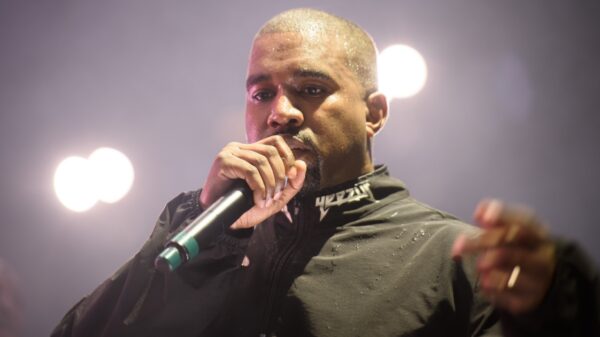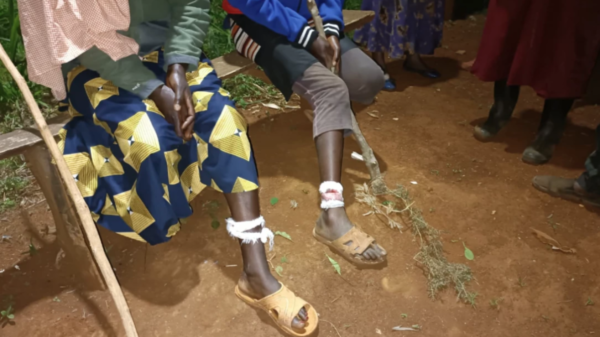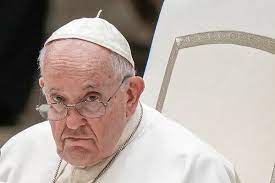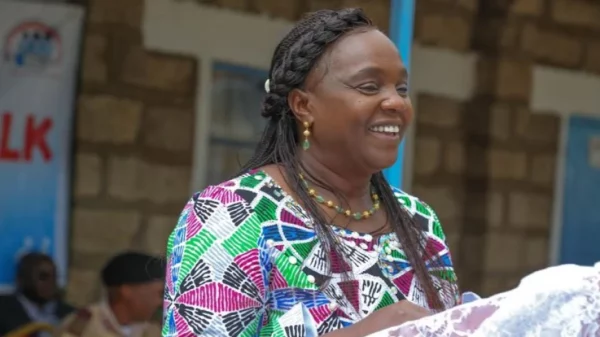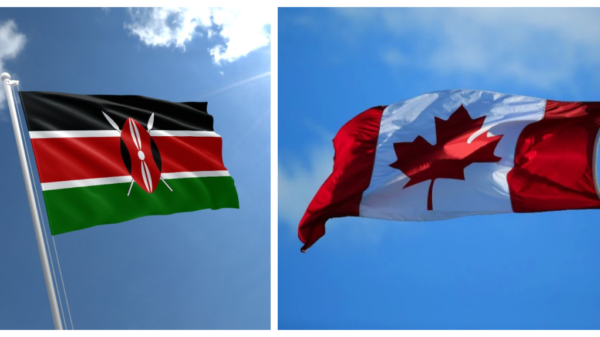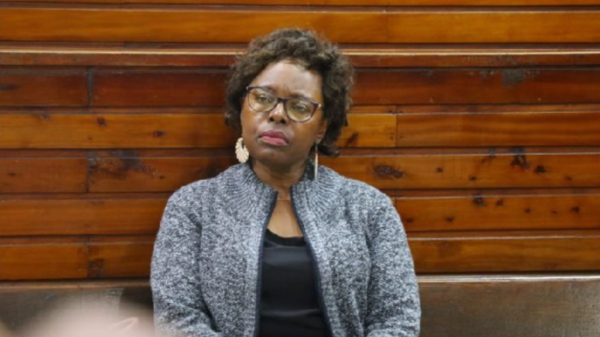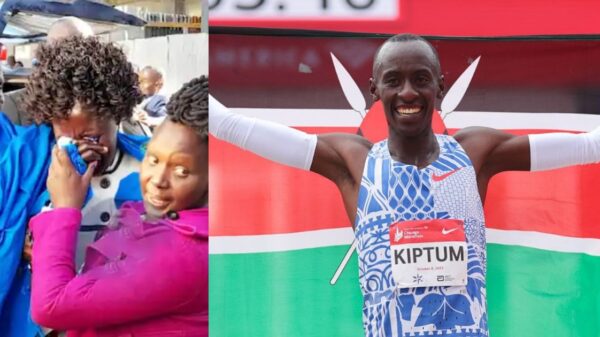• All university students who qualified for university placement through Kenya Universities and Colleges Central Placement Service (KUCCPS) will be eligible for funding however with a caveat
• The government will now seek to channel higher education assistance directly to individual students based on carefully curated criteria
• The funding will take into consideration the individual cost of the students course cost
All university students who qualified for university placement through Kenya Universities and Colleges Central Placement Service (KUCCPS) will be eligible for funding however with a caveat.
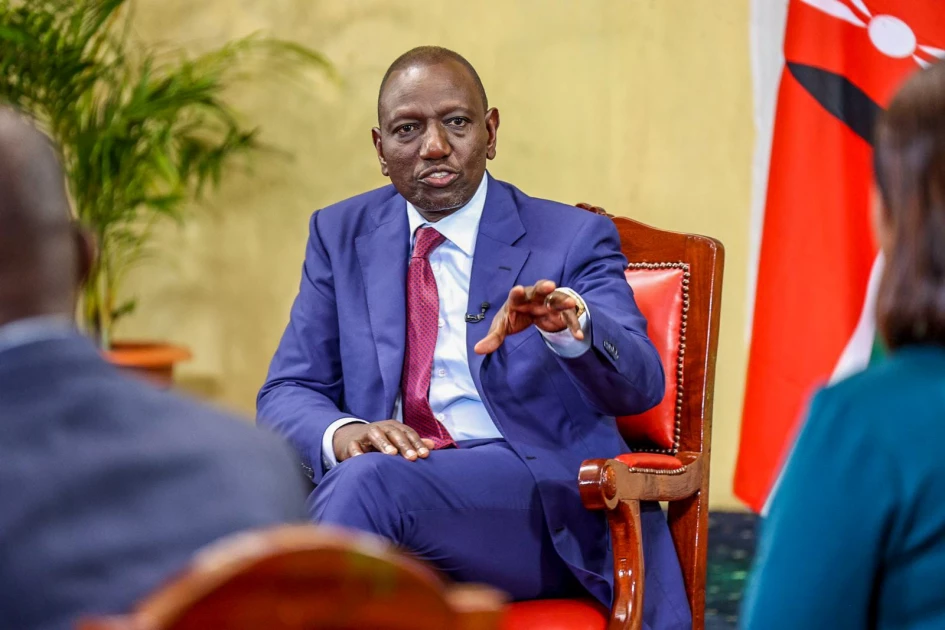
President William Ruto at the state house during the joint media interview.
The level of funding for each student will depend on the monthly household income and each student will individually apply for the scholarship and loans, soon after receiving admission letters.
In the new funding model that takes effect with the admission of the 2022 KCSE candidates into university, the government will now seek to channel higher education assistance directly to individual students based on carefully curated criteria.
Those seeking financial aid from the government have been classified into four categories, the vulnerable, extremely needy, needy and less needy.
Under the higher education loans board, those students falling under the vulnerable and extremely needy band will qualify for 100% government funding for their studies with the money coming as scholarships and loans, and those deemed to be needy and less needy will get 93% government funding, with the students bearing 7% of the tuition costs.
“When the president was making his speech he said 40,000 students from the university will not play a cent 42,000 from TVET will also not pay a cent. We want to be able to follow some of these people and actually see the actual impact of this,” said KUCCPS CEO Mercy Wahome.
The new funding model also seeks to ensure accountability and transparency in the application and funding of higher education that shall consider amongst other things, the applicant’s family socio economic background, affirmative action which will consider people living with disability, orphans, those from marginalised areas as well as gender considerations, the applicants household composition and size, this data will have to be validated by strategic partners.
The funding will also take into consideration the individual cost of the students course cost.
“The actual question is what are the students going to pay? When we talk of 7% we want to be able to unpackage that,” added Ms. Wahome.
This new model is set to kick in with this year’s first-year university admissions the (graphics)process begins this month with the opening of the KUCCPS portal and placement that seeks to ensure that the 173,000 students qualified to join universities are placed in the country’s universities.
Between July and August, those placed will then apply for government funding before the funds disbursement in September and the beginning of the first year of study.
The government is seeking to delink placement of students and funding of students in this new model that it also hopes will promote equality, efficiency and transparency in higher education funding.





